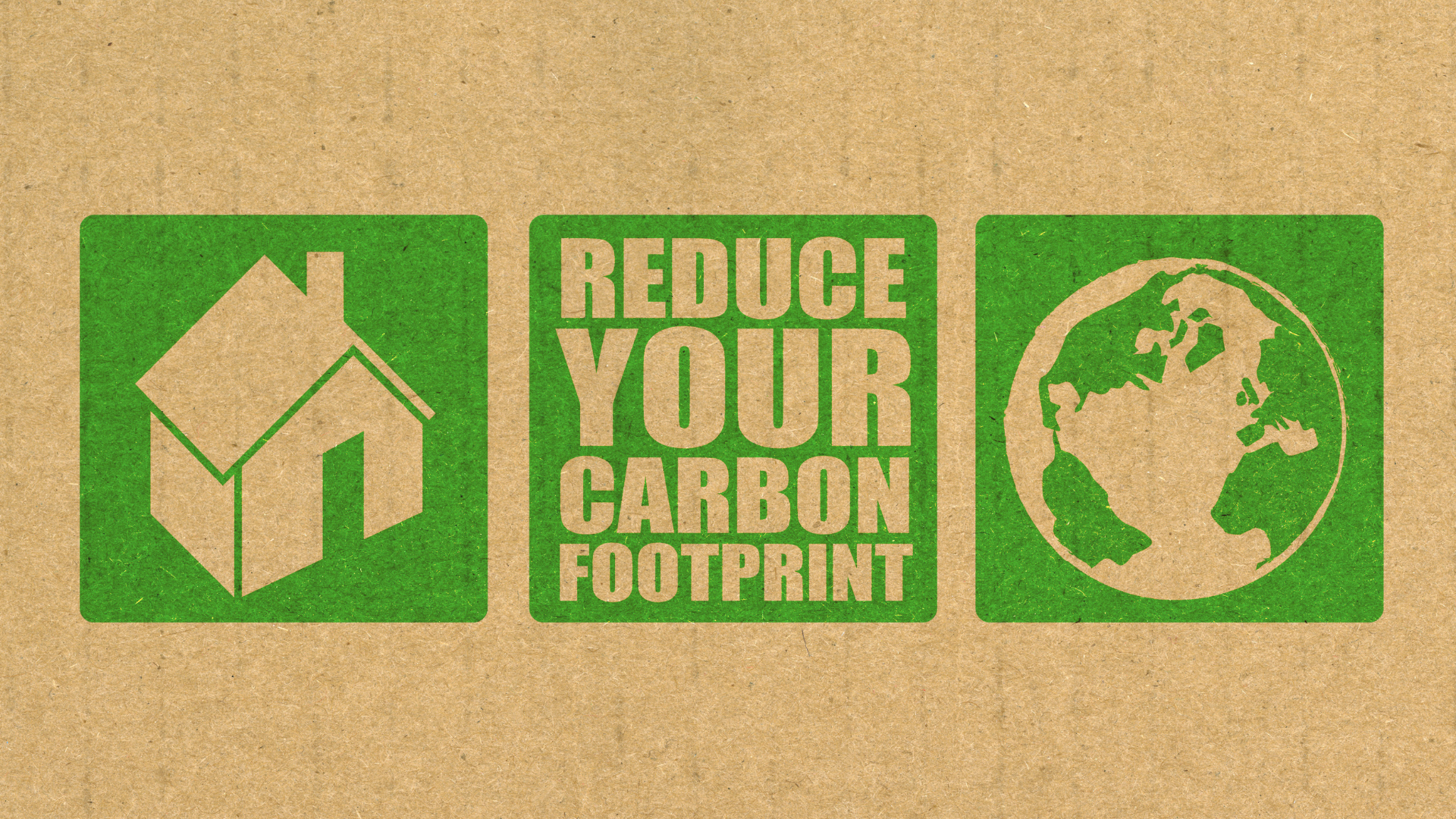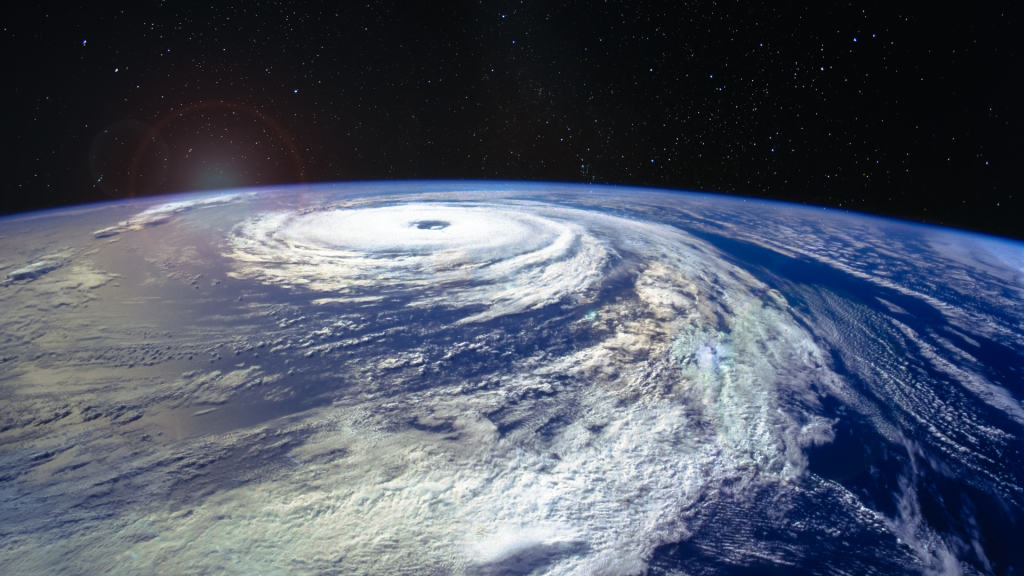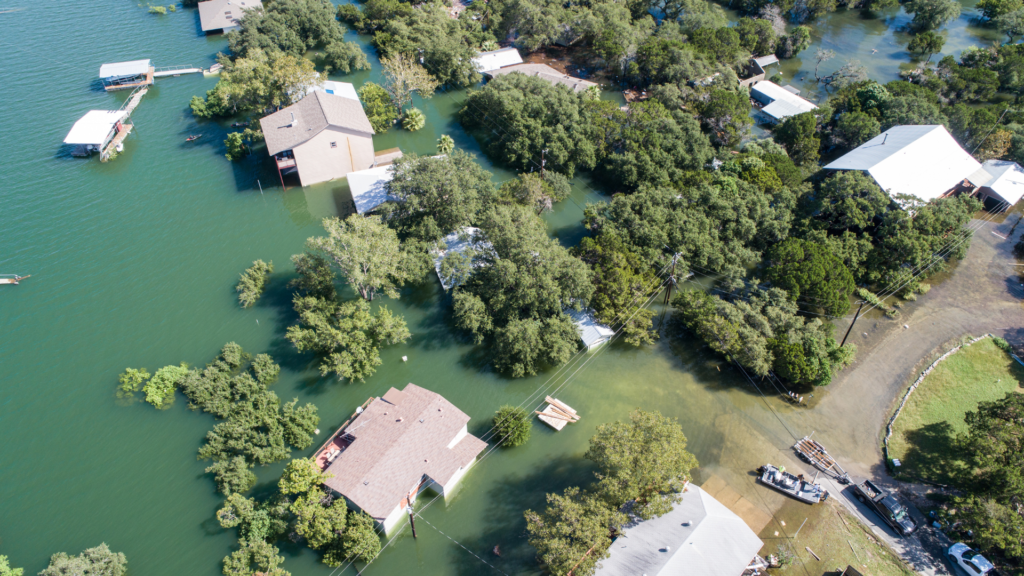Doing My Part – How to Reduce My Carbon Footprint
Reducing your carbon footprint is a simple and effective way to reduce your impact on the environment and improve your health. These tips will put you on the path to living a more eco-friendly, healthy lifestyle.Here are the ways that you should do to reduce your carbon footprint:
- Reduce the number of miles your car travels to drive efficiently. Driving a car is fun, but it’s expensive and time-consuming. With so many choices on car makes and models, there’s no shortage of what’s available. So how can you make sure you pick the right car for you? By doing some intelligent research, of course. Of course, you want to look at fuel efficiency, but you’ll also want to look at comfort, utility, and affordability. As for getting the most miles out of each gallon of gas, you can do several things. For example, consider the size of the car, since smaller cars will move better and therefore burn less gas, but smaller ones will also cost more to buy, park, and maintain.
- Set your thermostat correctly. If you knew that you could reduce your carbon footprint by making simple lifestyle changes, would you do it? Well, you can. Many experts recommend setting your thermostat to 78 degrees Fahrenheit in the summer and 67 in the winter. Beyond that, you can reduce your carbon footprint by unplugging unused appliances, using energy-saving light bulbs, and using cold water instead of hot when possible.
- Reduce the amount of waste you produce. Do you ever wonder how some people make so much trash? Even if they’re only throwing away their bottles and cans, whole foods, and paper products, it adds up fast. The best way to reduce the amount of waste you produce is to recycle and compost as much as possible. Another way is to reuse products, such as buying cloth produce bags or recycled napkins.
- What you eat matters more than you think when it comes to your carbon footprint. While some might think that reducing their carbon footprint means giving up meat, eating more locally grown foods and less red meat can actually help. You can reduce your carbon footprint by reducing your emissions resulting from food production and distribution, transportation, and waste disposal. If you eat locally, you can reduce the amount of fuel and energy that your food travels to get to your plate.
- Reduce the amount of chemicals that you use. Cutting back on your use of chemicals is one of the first steps toward living a greener lifestyle. Chemicals in everything from body wash to cleaning products can damage our physical health as well as our environment. Most of the items we use every day contain harmful chemicals (and so do our bodies). So, we can’t just avoid chemical-laden products altogether. But we can make an effort to reduce the amount of chemicals we use.
- Do you tend to take short trips in the car frequently? Do you live near a busy road or train station? If so, incorporating walking or biking to some of your regular short-trip destinations could be a good way to reduce your carbon footprint, fit in some exercise, and save money on fuel.
- Choose reusable water bottles over plastic ones. Most people don’t think about bottled water, at least negatively, but it’s one of the biggest contributors to the plastic pollution problem in the world. Plastic water bottles create excess waste that then ends up in landfills and oceans across the globe. In fact, over 5 trillion plastic bottles are produced every year, and an estimated 1 trillion bottles wind up in landfills. Considering the fact that only 5 percent of plastic bottles are recycled, you can see why choosing reusable water bottles over plastic ones is so important.



